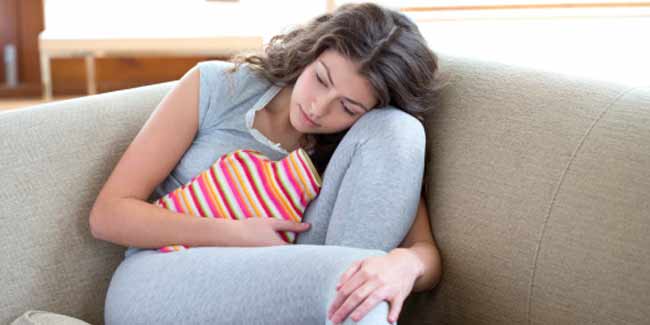
Shweta* (24) was only 16 when her doctor told her she had lesions caused by endometriosis on her bladder, intestines, ovaries and uterus. She was using 60 tampons a week and for the past year, she has been continuously bleeding. Yes, she has been menstruating for 365 consecutive days. Does her story make you shiver? Well, you will be dismayed that this is the story of 10% of women who suffer from endometriosis during their fertile years.
Endometriosis is a common disease of the modern woman. It mostly affects professional women whose jobs and lifestyles come with sustained, low-grade stress. But, the condition just doesn’t attack the working women, it can be found in a range of patients, including the ones not leading a stressful life.
While the cause of endometriosis remains a mystery, there’s no reason why women have to live with the pain and bleeding because it can be successfully treated. Let’s know about endometriosis a little more.
Table of Content:-
What is Endometriosis?
Endometrium is the mucous membrane lining the uterus, and endometriosis is a painful and chronic condition of it. It is characterised as an abnormal growth of endometrial cells outside the uterus. It is 'trapped' in the pelvic area and lower tummy (abdomen) and, rarely, in other areas in the body. Endometriosis is most commonly found on other organs of the pelvis.
When a woman menstruates, the cells multiply in preparation for an embryo and then shed during the menstrual bleeding. But when a woman is suffering from endometriosis, the endometrial cells behave as if they are in the uterus only, regardless of the organ they are growing in. So, while the menstrual blood leaves the uterus through vagina, endometrial blood and tissue have no way out. As a result, they accumulate in lesions, leading to inflammation in surrounding tissue.
The woman’s internal anatomy is disrupted completely because of the growths in abdomen caused by endometriosis. In serious cases organs can even start growing together, a condition called a “frozen pelvis”.
Causes of Endometriosis
What causes Endometrium is a mystery and it’s generally believed that it can be brought on when a bit of uterine lining in the menstrual blood is pushed back through the Fallopian tubes into the pelvic cavity during menstruation.
Some women with a compromised immune system may also develop the condition because their bodies don’t produce the antibodies needed to stop the abnormal growth of Endometrium. Some experts have also blamed tampons to cause endometriosis because they are made of bleached paper and consist of wood pulp and chlorine. The toxic chemical dioxin in them can hamper the physiological processes by poisoning the body. However, there is no evidence to prove this association.
Intense Pain is a Characteristic
The intense inflammation of the lesions and the growths that pinch tissue, pull at the organs, leading to unbearable pain during menstruation. This pain may sometimes last throughout the month. It often is felt in the groin, back and thighs and can be severe enough to disrupt the woman’s life and relationships.
Women suffering from endometriosis describe the pain during menstruation to be so fierce as if a pair of pliers was gripping their uterus; the pain is so intense that they can’t focus on anything else and everything centres on it. Another common symptom of is pain during and after intercourse. They also frequently experience diarrhoea, constipation, bloating and blood in the urine. A lot of women with endometriosis also report abnormal and irregular vaginal bleeding.
However, not al endometriosis sufferers have symptoms so extreme. Some women experience minimum pain despite having serious lesions, while others who have relatively few lesions find it hard to deal with the immense pain. Some find out they have the condition only when they can’t conceive.
It is a Major Cause of Infertility
Endometriosis is often linked to fertility problems around the world. The process is described as, “Fibrin, a kind of ‘glue’ that forms naturally in the blood, ‘sticks’ the Fallopian tubes to the pelvis. This prevents the tubes from picking up the egg and causes infertility.”
The old blood that was accumulated, breaks down and releases toxins, leading to spasms in the intestines or Fallopian tubes. It also interrupts their functioning and hampers pregnancy. Additionally, the quality of the uterine mucous membrane to which the egg must join in order to develop, is deteriorated by the toxins. When the egg can’t attach, it can’t grow and so the woman ca’t conceive.
Endometriosis occurs in between 60% and 70% of all infertile patients we see– usually among women in their 20s and 30s.
More than 5.5 million American women have symptoms of endometriosis. If you too have them, you must immediately seek medical help because the condition can be treated. Your doctor will prescribe some tests to accurately detect the condition and would discuss treatment options with you.
Image: Getty
Read more articles on Understanding Endometriosis.
Read Next
How can one prevent Rectocele?
How we keep this article up to date:
We work with experts and keep a close eye on the latest in health and wellness. Whenever there is a new research or helpful information, we update our articles with accurate and useful advice.
Current Version